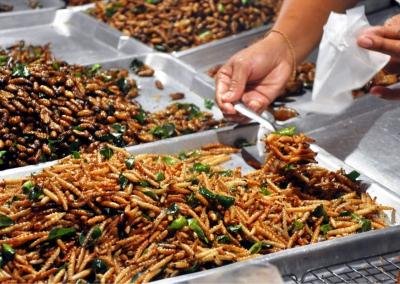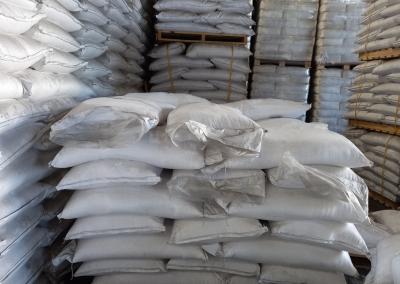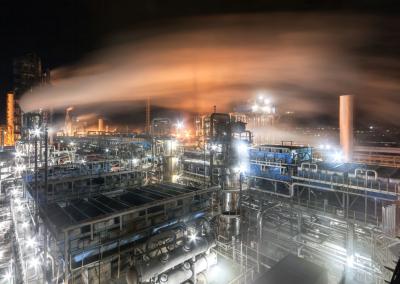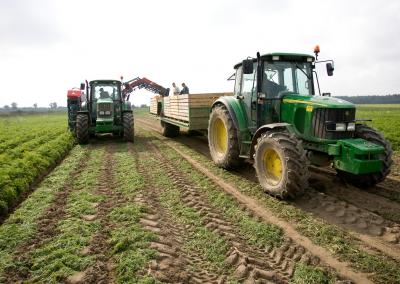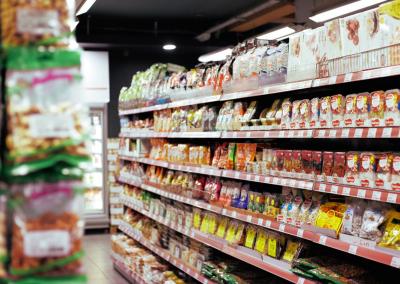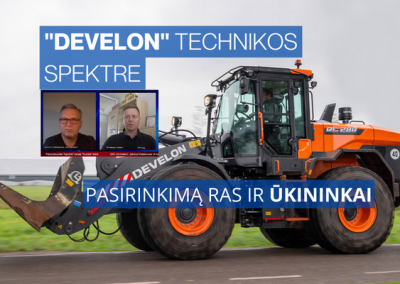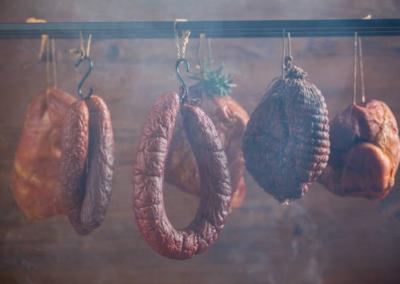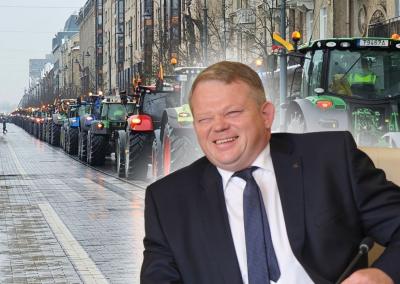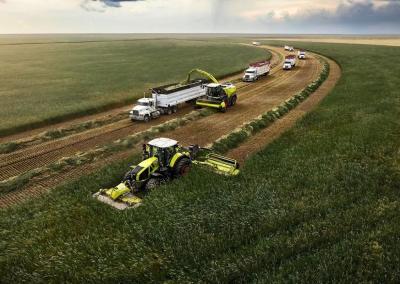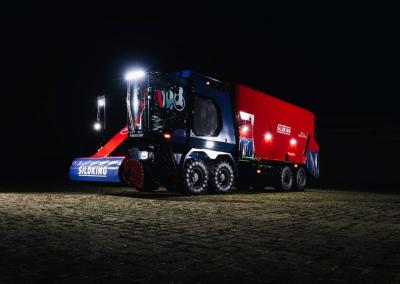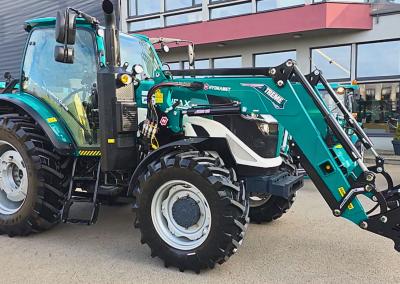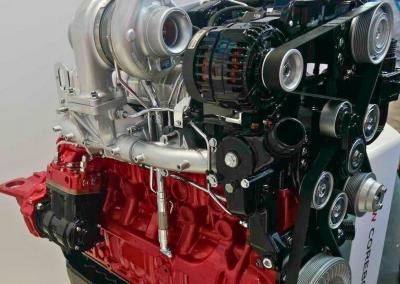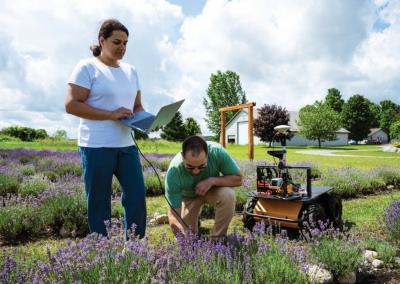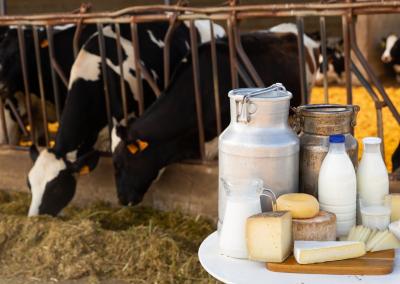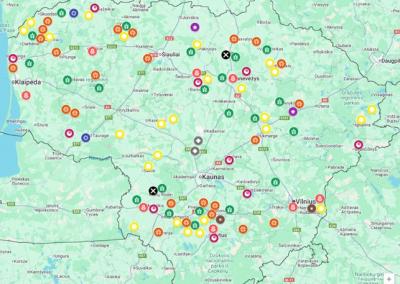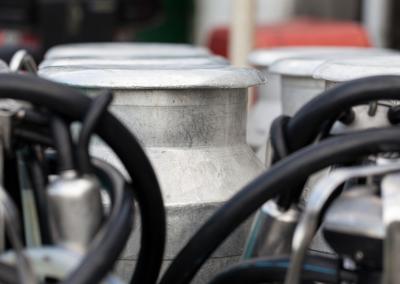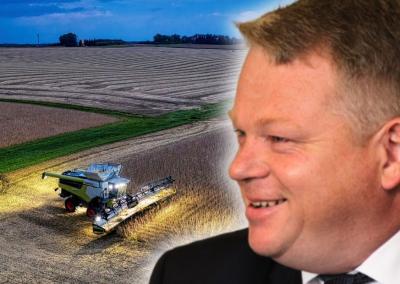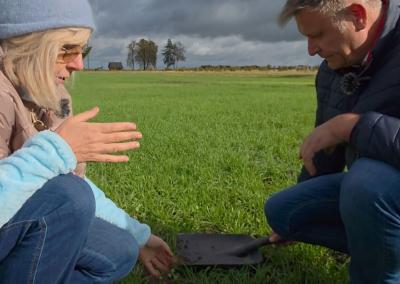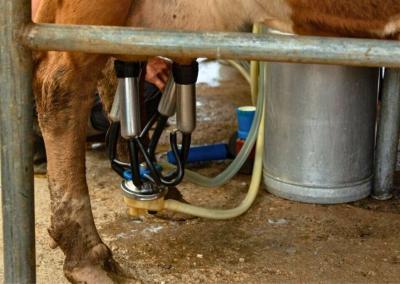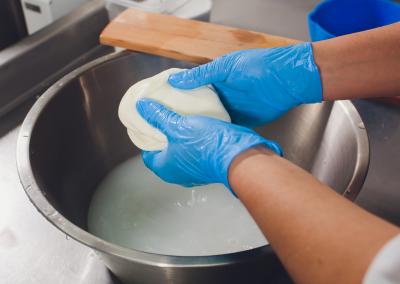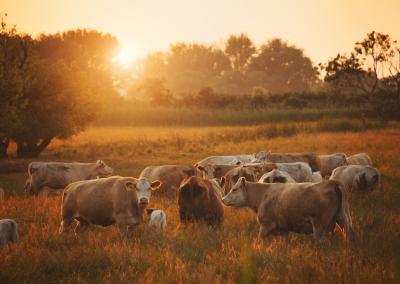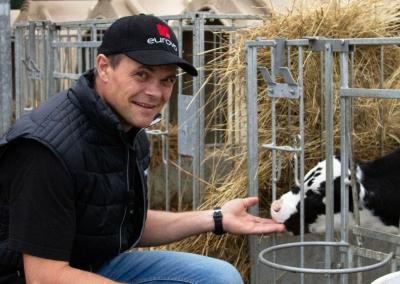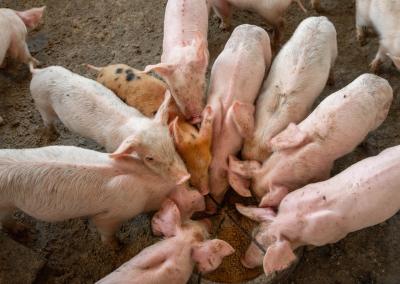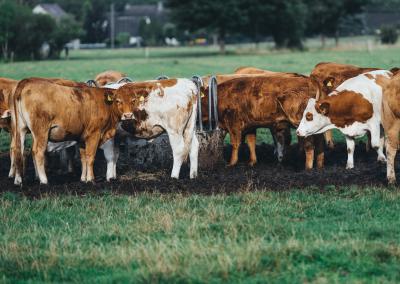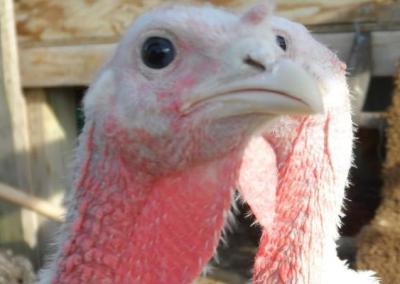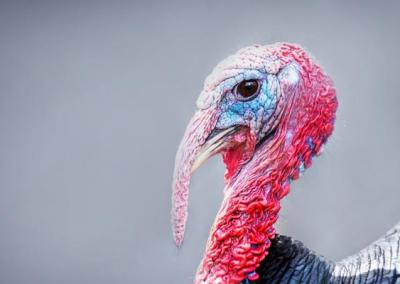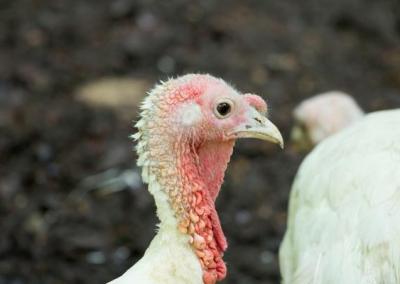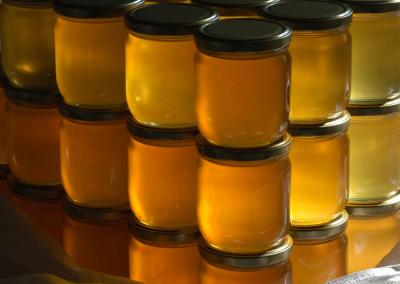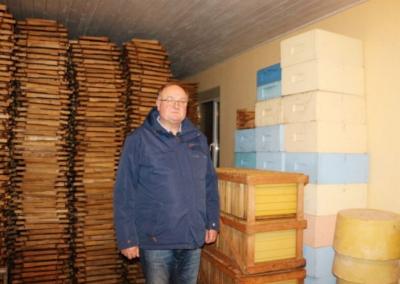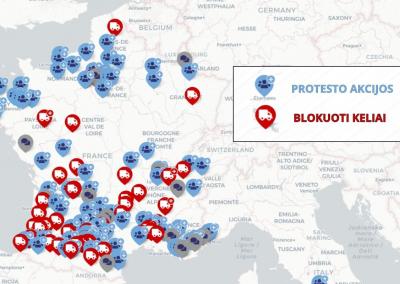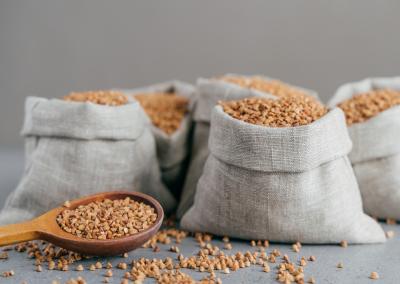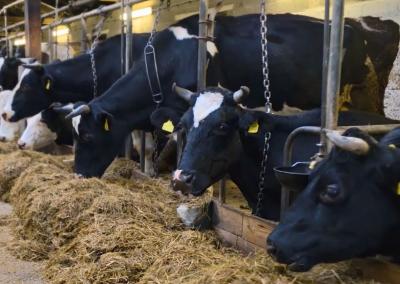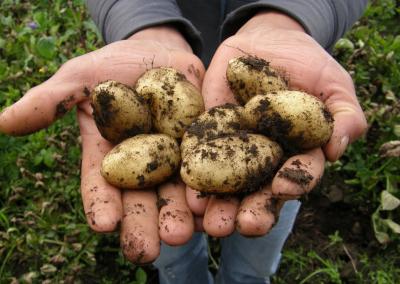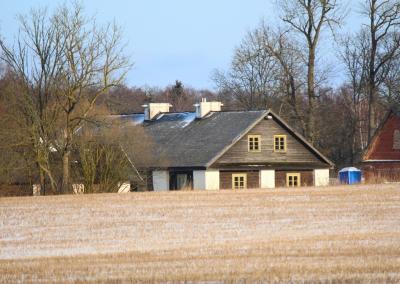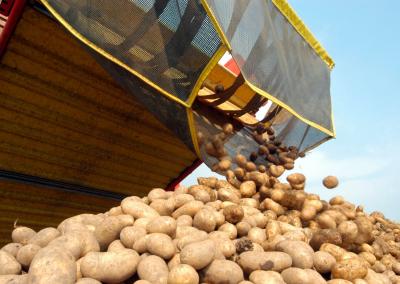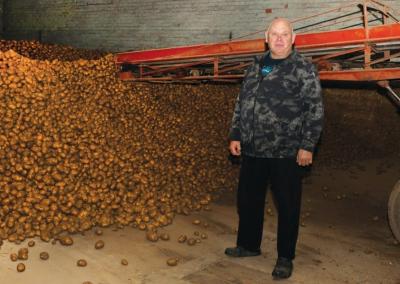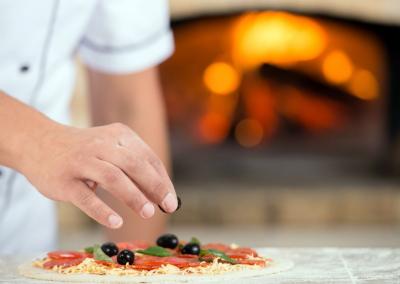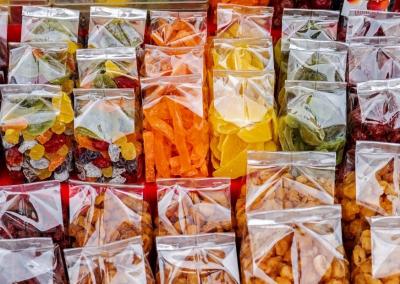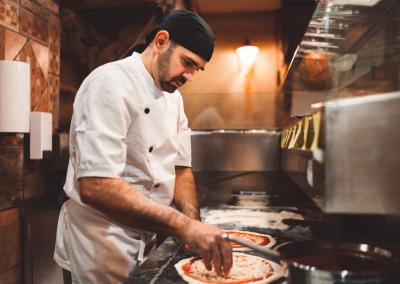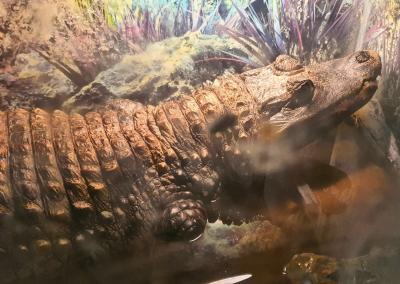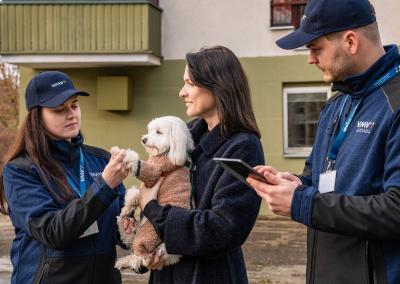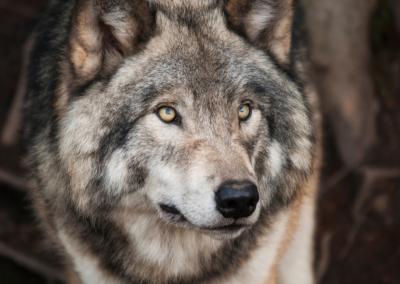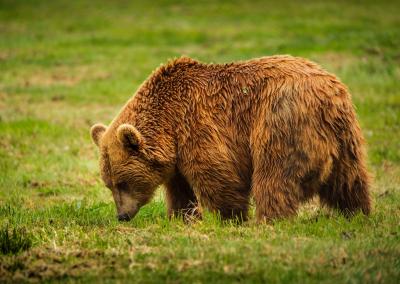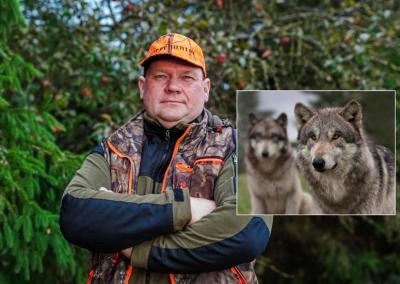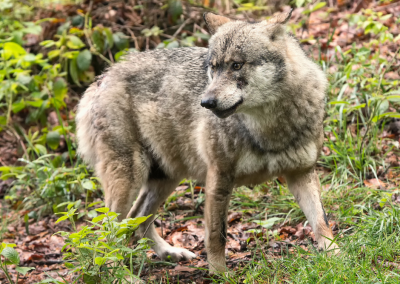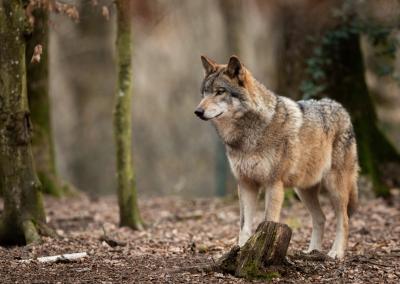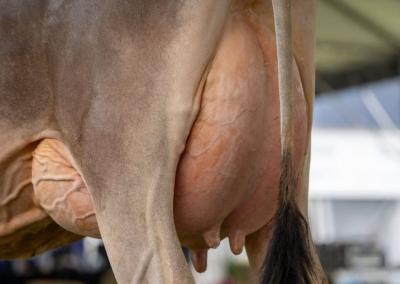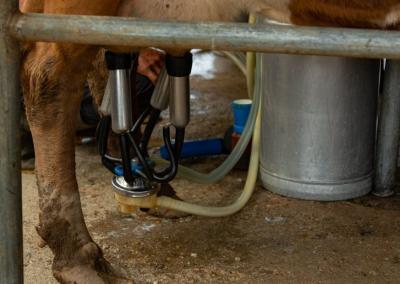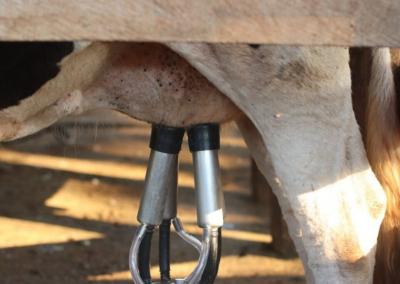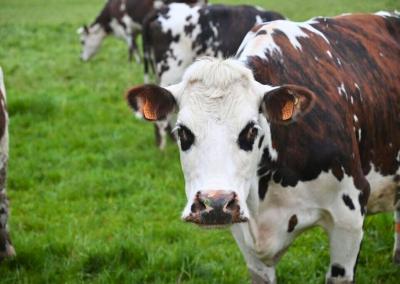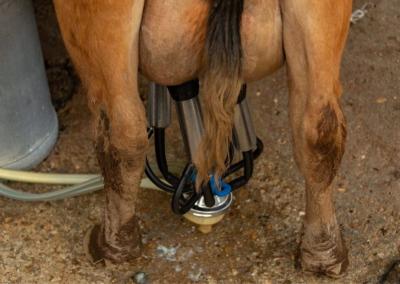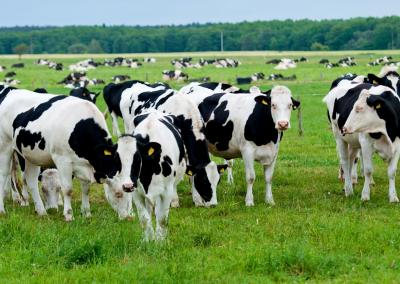Robots that milk more gently than humans
Will the day come when a cow will not only look at a humanoid robot without being disturbed, but even walk towards it with confidence? It may sound like a cartoon – but research and farm practice suggest that robots can become gentler milkers than humans, and their presence – may even improve the welfare of cows.
Cow, human and stress
The cow – is a sensitive, environmentally responsive animal. Although many farmers love and care for their animals responsibly, there are still some abusive behaviours on farms. One study found that in traditional milking yards, where cows are driven by shouting or even physical pressure, the animals' cortisol (a stress hormone) levels were significantly higher than when they were milked in an automated system with no human intervention [1].
Stress in a cow – not just discomfort. It has a direct effect on milk production by inhibiting the hormone oxytocin. In other words, a scared cow will produce less milk. Cows also remember – a bad experience with a human being stays with them for a long time: they avoid contact, are reluctant to go to the milking parlour, and become nervous.
How do they react to robots?It would seem that a moving, talking robot – especially a humanoid – should seem like a strange creature to a cow. But practice says otherwise. In studies where automated manure-cleaning robots have been introduced on farms, cows initially showed curiosity or mild anxiety, but after a few days they started to ignore the robot – it became a background object [2].
More interestingly – on some farms, cows learn to recognise a robot that brings food and even go up to it. In other words, the cow associates the robot with a positive experience.
If a humanoid robot milked consistently, always in the same way, calmly – the cows would probably accept it no worse than a human. Maybe even better. Why?
The robot doesn't scold, scream or kick
The robot's main advantage – emotional neutrality. It doesn't fidget, it doesn't squeeze, it doesn't raise its voice. A humanoid milker would work according to a clear algorithm: approach, wipe the teats, connect the milking machine, wait, disconnect. No surprises.
The cow appreciates it. She likes predictability – and this is where robots outperform humans. Even the best milker sometimes gets tired, rushed, irritable. A robot? It's always the same – „gentle professional“.
Are humanoids ready to milk?
The most advanced humanoid prototypes are already making precise movements in factories today - moving small parts, assembling components, using tools. This means that a humanoid can mechanically put on milkers, clean wings, perform the whole milking routine [3].
Only the right sensors – vision, force, touch – and hygiene solutions are needed. But all this is already in place in automated milking robots, so there is no need to reinvent the wheel. The humanoid just needs to know how to use it.
A milking machine that the cow will love?
More and more farms are turning to automated solutions because of labour shortages, but a humanoid robot – it's not just about changing jobs. It's the promise of a new quality: a calm, precise, distraction-free worker who can be closer to the cow than an overworked human.
With the added possibility of a robot that speaks softly, uses a recognisable tone of voice, and maybe even learns the behaviour of a particular cow over time, the humanoid could become a cow's best friend on the farm.
Finally
Of course, every change on the farm requires care and testing. But if we go by what the research shows, it's realistic to think that the milker of the future will not just be a robot, but a robot the cow will love.
Literature
[1] B. Burfeind et al, „Review: The effects of stress on dairy cattle behaviour“, Animals (Basel), 2021.
[2] R. L. Doerfler et al., „Physiological and Behavioral Responses of Dairy Cattle to the Introduction of Robot Scrapers“, Frontiers in Vet. Science, 2016.[3] Bain & Company, „Humanoid Robots at Work: What Executives Need to Know“, 2025.

